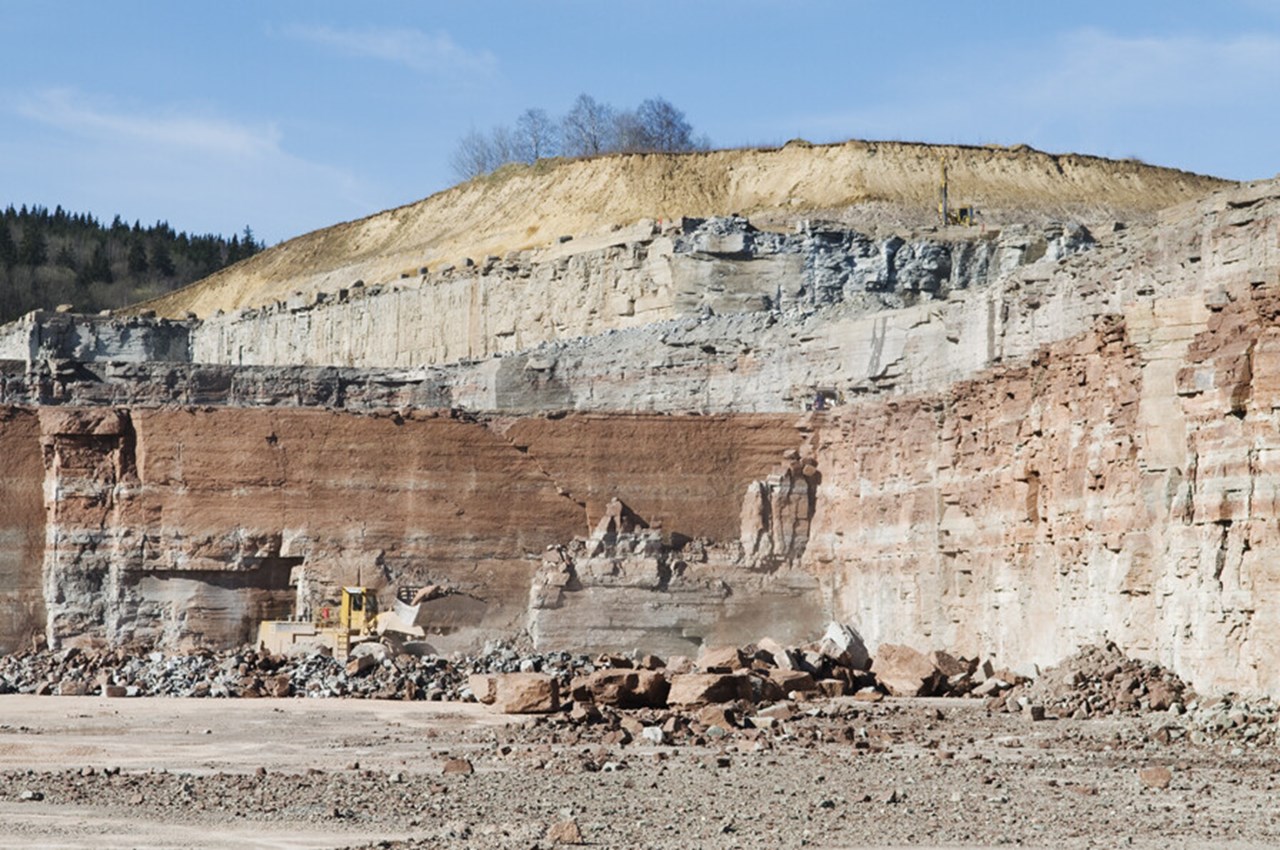About the dissertation
On Thursday September 14, Erik Viggh, Department of Applied Physics and Electronics at Umeå University, will defend his thesis entitled Modelling the impact of magnesium from alternative raw materials on Portland cement clinker chemistry. The defence will take place at 13.00 in Aula Biologica in the Biology Building, Umeå University. Faculty opponent is Bo Björkman, Professor of Process Metallurgy at Luleå University of Technology.



